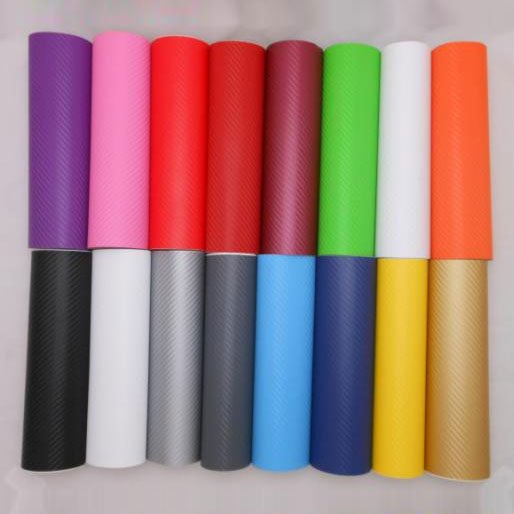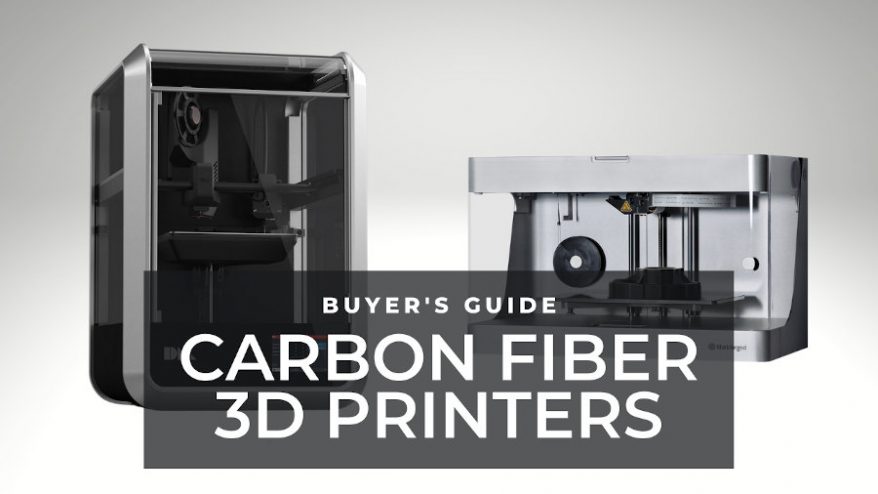

According to Albany International’s website, LEAP offers the following benefits: The ability to control fiber placement and tailor yarn paths in order to achieve specific performance profiles is also reflected in the LEAP engine module. There are many applications now, but the LEAP jet engine fan blades that Albany International is 3D weaving are probably the biggest example of this.”


You can weave billets or near net-shape preforms that can be molded into exacting shapes with intricate designs, which saves not only weight, but labor in manufacturing and potentially increases long term reliability as well. Keith Sharp, new product development manager for 3D Weaving at Portland, Maine-based Tex Tech Industries: “3D wovens in composites are perfect for replacing steel. 3D Weaving, 3D BraidingģD weaving and 3D braiding continue to see interest and find applications mostly in the composites field, where the emphasis remains on replacing steel in order to achieve weight reduction. Given that virtually all textile manufacturing technologies can be adapted or modified in some way to create 3D textiles, the breadth of applications is truly almost endless.
CARBON FIBER 3D VS 4D DRIVERS
Versatility and clearly defined performance attributes continue to be the prime drivers for interest in 3D textiles. At the same time, product designers continue to become even more adept at creating fabrics or maybe more appropriately fibrous materials, which exhibit these specific technical, visual and/or tactile requirements. An immediate thought surrounding this growing interest is that engineers are finally becoming significantly more comfortable with and accepting of 3D textiles in dynamic performance-based applications. A quick Google search of 3D fabrics, for example, results in somewhere around 325 million hits, which include 3D versions of everything from traditional wovens and knits to nonwovens and non-traditional prints, not to mention an exponentially diverse list of applications, some obvious and others not so much so. Photograph courtesy of Tex Tech Industries.Īs advanced technologies continue to evolve from ancient textile methodologies, a broader assortment of opportunities unfolds.Īnyone making a cursory inquiry into the intriguing world of 3D textiles will find that the sector embraces a rather nebulous term leading to an untold number of different routes and a wide array of opportunities. A 0.84-inch-thick 3D woven E-glass billet.


 0 kommentar(er)
0 kommentar(er)
